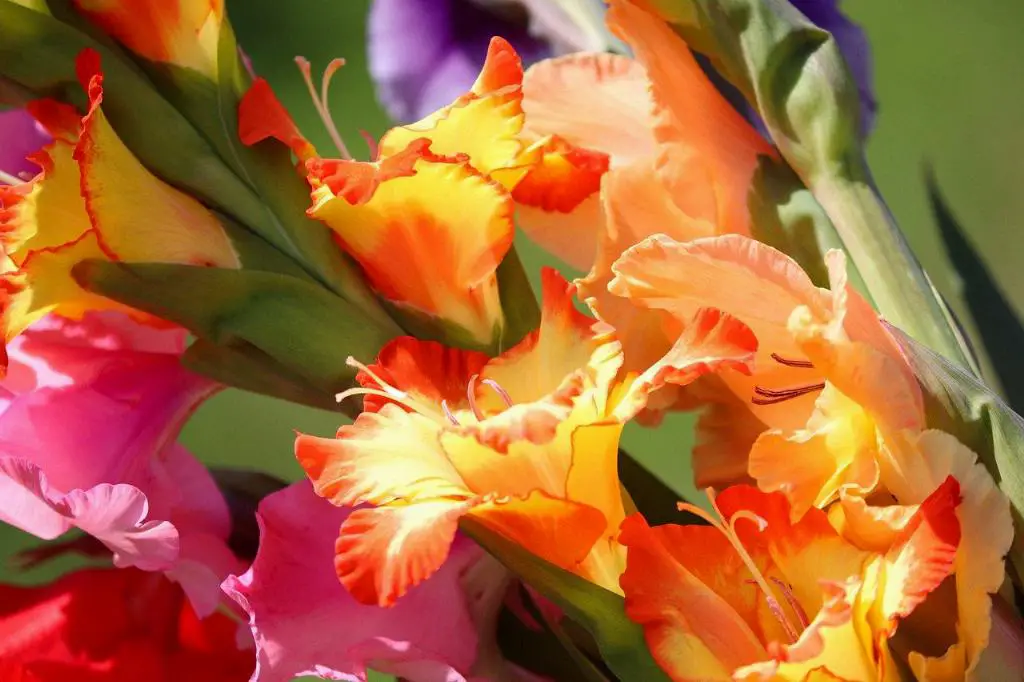Gladiolus, with its stunning tall spikes of vibrant flowers, is a favorite choice for many garden enthusiasts. However, to ensure these elegant blooms grow to their full potential without bending or breaking, staking gladiolus plants is crucial. In this article, we will delve into the process of staking gladiolus, discussing its importance, methods, common mistakes to avoid, and a step-by-step guide for optimal support.
Why Stake Gladiolus?
Staking gladiolus plants offers a range of benefits for their healthy growth and blooming. By providing external support, staking can prevent the tall stems of gladiolus from bending or breaking due to wind or heavy rainfall. Proper staking also helps promote better blooming by allowing the flowers to grow upright and receive adequate sunlight and nutrients, leading to more vibrant and long-lasting blooms.
When to Stake Gladiolus
The timing for staking gladiolus is essential to ensure optimal support. It is recommended to stake the plants shortly after planting or at the beginning of the growing season when the stems are around 12-18 inches tall. By staking early, you can guide the growth of the gladiolus stems and provide the necessary support before they become too top-heavy.
Methods for Staking Gladiolus
Various techniques can be used for staking gladiolus plants, from using individual stakes for each stem to creating a framework around a group of plants for support. Materials such as bamboo stakes, twine, and soft ties are commonly used for staking. Choosing the right method and materials will depend on the number of plants, their location in the garden, and the desired aesthetic appeal.
Step-by-Step Guide to Staking Gladiolus
To effectively stake gladiolus, follow these steps: 1. Assess the height and growth stage of the gladiolus plants. 2. Insert stakes around the plants, ensuring they are placed at least 6-8 inches deep into the soil. 3. Secure the stems to the stakes using soft ties or twine, allowing room for growth. 4. Monitor the plants regularly and adjust the stakes if needed to maintain stability.
Common Mistakes to Avoid
When staking gladiolus, it’s important to avoid common mistakes that can hinder their growth. Some errors to steer clear of include using stakes that are too short, tying the stems too tightly, or neglecting to provide adequate support for the entire plant. Be mindful of these pitfalls and troubleshoot any staking issues promptly to prevent damage to the gladiolus.
Conclusion
In conclusion, staking gladiolus is a simple yet critical practice for ensuring the healthy growth and blooming of these magnificent plants. By understanding the benefits of staking, following the right methods, and avoiding common mistakes, gardeners can enjoy a vibrant display of gladiolus flowers in their gardens. So, don’t hesitate to stake your gladiolus plants and witness the beauty of their upright and flourishing blooms.

